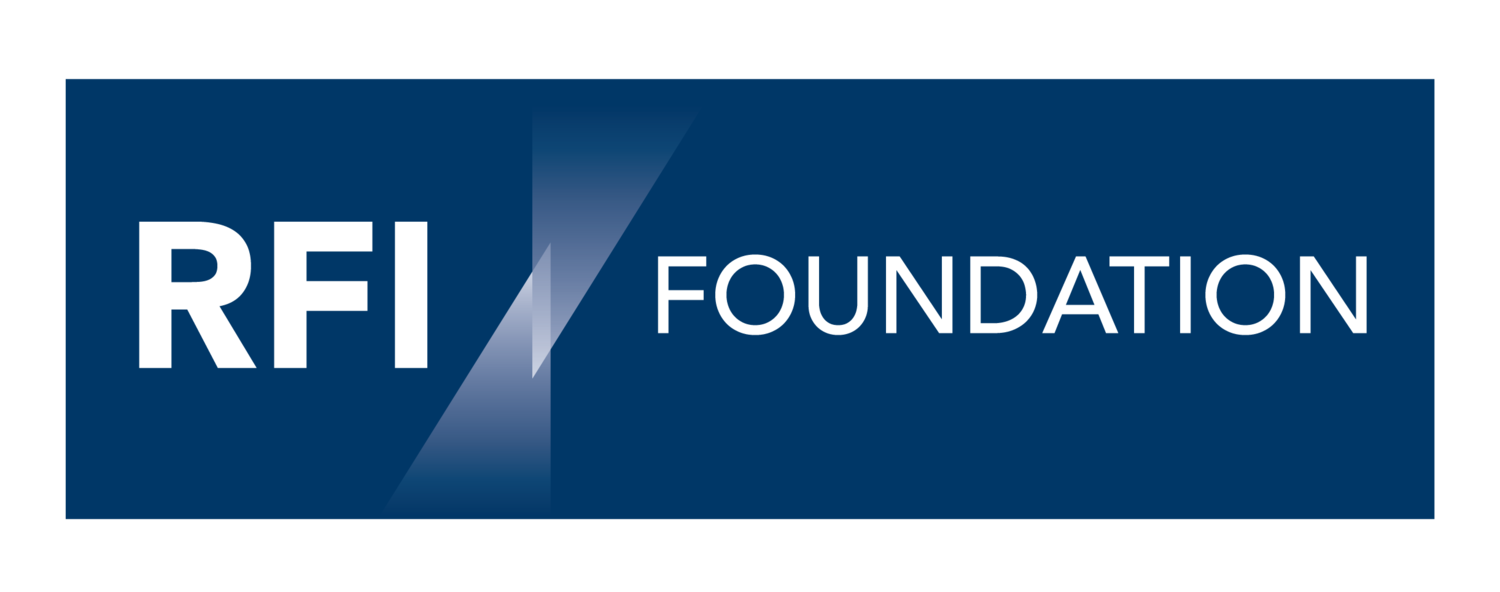Identifying the Financed Emissions Links in Saudi Arabia’s Financial System
By Blake Goud and Dr. Eman Tabet
Summary
Saudi Arabia’s economy is driven by oil & gas production, with downstream sectors also having developed around the availability of low-cost energy. This drives some of Saudi Arabia’s greenhouse gas emissions footprint. But as in other countries, the energy sector is not the sole source of significant GHG emissions. Any change that results in the costs of emissions becoming internalized as a direct cost for businesses or consumers will affect the entire economy.
In particular, manufacturing and transportation are important sources of GHG emissions. It is therefore too simplistic for financial institutions to orient their climate risk measurement efforts on one source of emissions, albeit a large source that affects many parts of the Saudi economy. In addition to the sectors already mentioned, banks in particular face risks relating to their financing of construction projects including some of the infrastructure investments in Saudi Vision 2030 that will ultimately reduce emissions over time.
This report is an effort to provide an ‘order of magnitude’ estimate of where financed emissions risks exist across Saudi Arabia’s financial sector. As global efforts to address climate change move forward and emissions-related externalities become direct costs to businesses, the financial sector will increasingly factor GHG emissions footprints into financial market prices. This will affect financing availability and costs for businesses, financial institutions, and households. Shifting financial markets to reflect the cost of GHG emissions will be a significant transformation in every economy, and will bring challenges as well as opportunities.
Our analysis finds that banks play a pivotal role as they have climate risk exposures in their assets both from directly emitting sectors and from industries where demand for emitting services leads to growth in the directly emitting sectors. Debt capital markets’ financed emissions are largely from directly emitting sectors such as utilities, while most of the risk in equity markets (excluding Saudi Aramco, which accounts for three-quarters of the total market capitalization of the Tadawul) is related to sectors that provide demand for high-emitting goods and services such as electricity, transportation, and waste management.
These divergences between different parts of the financial sector, and the difference in direct and indirect emissions exposures, makes a clear case for why financial institutions should more closely analyze their own financed emissions to better understand where they may have concentrations of risk. These may be in well-recognized sectors that directly emit significant GHG emissions. But investors and banks may also discover some concentrations of financed emissions in sectors that have more limited direct emissions, such as wholesale & retail trade. These sectors would be significantly impacted if their input costs were adjusted to reflect the full economic cost of embedded GHG emissions for transportation, electricity, and waste management.
As mentioned previously, some of the emissions from construction projects for Vision 2030 that currently exist as risks to financial institutions will contribute to future emissions mitigation. For example, car-free cities, investments in mass transit, and green construction and eco-tourism projects will help reduce the overall energy intensity of the Saudi economy as it moves towards its Net Zero by 2060 objective.
In each case, a top-down analysis such as this can only start the process of understanding the financed emissions risk for a financial institution, a bank, or in the capital markets. Further analysis is needed to identify which risks are the most material for a specific investor or financial institution. We hope that this report will lead to that, and it is an important part of our overall recommendations.
Recommendations
We group the recommendations in this report into three categories: risk management, policy recommendations, and opportunities. These include:
Risk Management & Mitigation
Saudi regulators should encourage industry-wide GHG emissions collection and disclosure by financial institutions
Tadawul should require robust sustainability disclosures by all companies companies, and in line with TCFD, as listed company listed issuer experience with sustainability disclosures improves TCFD recommendations
Saudi banks should adopt climate strategies that include both promotion of green investment and transition financing for companies with high emissions footprints
Policy
The Saudi Central Bank should provide a common climate-related stress test scenario for the banking sector in line with the Basel Committee‘s principles for effective climate-related financial risk management and supervision
Relevant stakeholders should promote adoption of a domestic framework for green, social and sustainable (GSS) bonds & sukuk as well as those that are sustainability-linked or transition issuances
Regulators should collaborate with the financial sector to adopt a green taxonomy that promotes alignment of the financial sector’s activities with Saudi current and future NDCs, including showing how Vision 2030 projects contribute to their achievement
Opportunities
Financial sector stakeholders should promote a national assessment of the investment opportunities to reduce both direct and indirect sources of GHG emissions from the oil & gas sector
As mentioned previously, some of the emissions from construction projects for Vision 2030 that currently exist as risks to financial institutions will contribute to future emissions mitigation. For example, car-free cities, investments in mass transit, and green construction and eco-tourism projects will help reduce the overall energy intensity of the Saudi economy as it moves towards its Net Zero by 2060 objective.
Download the report
When you click “Download”, you will receive a copy of the report. If you clicked the box to subscribe to our email newsletter, you will be added to our mailing list. You can easily unsubscribe at any time using the unsubscribe link included with every newsletter. See our privacy policy for more information.

